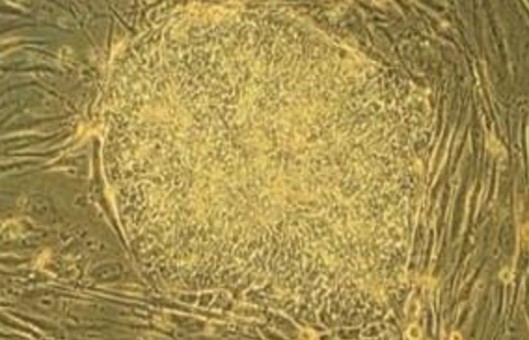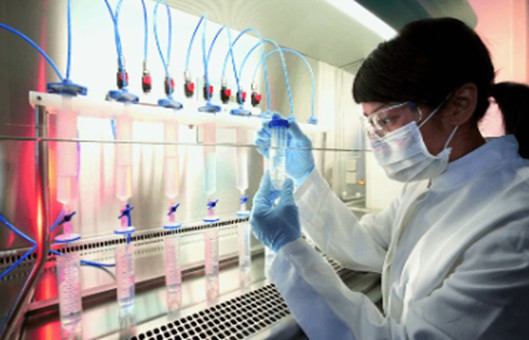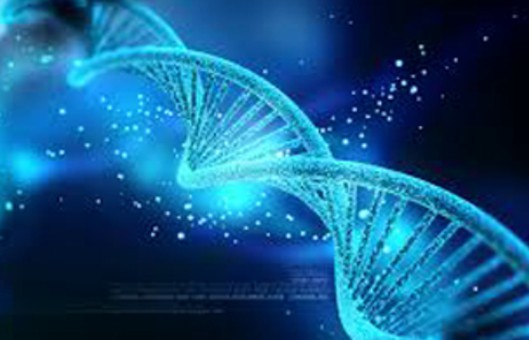Diverse Biological Functions of Extracellular Vesicles
Frontiers in Immunology. 2023; 14: 1120175.
Authors: Karnas E, Dudek P, Zuba-Surma EK.
INTRODUCTION
- In the last few decades, the practical use of stem cells (SCs) in the clinic has attracted significant attention in regenerative medicine due to the ability of these cells to proliferate and differentiate into other cell types. However, recent findings have demonstrated that the therapeutic capacity of SCs may also be mediated by their ability to secrete biologically active factors, including extracellular vehicles (EVs).
- Such submicron circular membrane-enveloped vesicles may be released from the cell surface and harbor bioactive cargo in the form of proteins, lipids, mRNA, miRNA, and other regulatory factors. Notably, growing evidence has indicated that EVs may transfer their bioactive content into recipient cells and greatly modulate their functional fate.
Biological Activity of EVs
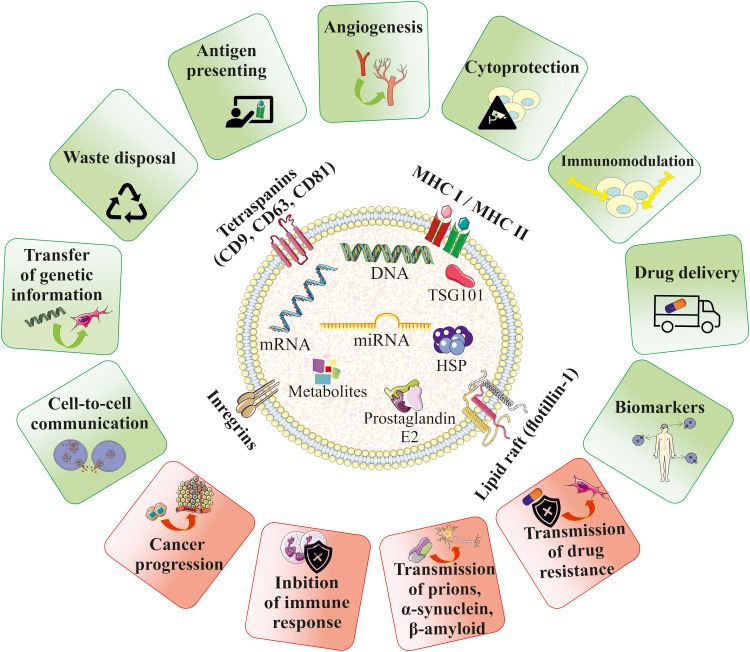 Fig. 1 Biological role of EVs in homeostasis and pathophysiology. (Karnas E, et al., 2023)
Fig. 1 Biological role of EVs in homeostasis and pathophysiology. (Karnas E, et al., 2023)
- Indeed, several studies have demonstrated the role of EVs in the process of information exchange between cells. It has been widely postulated that EVs may contribute to cell-to-cell communication, which includes the step of their interaction with the target cell, that may occur in several ways, by endocytosis, phagocytosis, or by direct fusion with the cell membrane including receptor-ligand interactions, subsequently leading to the release of bioactive cargo.
- EVs can serve as paracrine mediators that target cells by transferring their bioactive content in the form of different types of nucleic acids, receptors, enzymes, transcription factors, immunomodulators, and even morphogenic factors such as Wnt and Notch signaling proteins. Delivery of the EV cargo into the recipient cells opens several ways of potential regulation of cellular processes, including influence on gene and protein expression, as well as activity of intracellular signaling pathways.
- On the other hand, EVs may also participate in the pathogenesis of many diseases. As an example, EVs secreted by tumors may promote their progression by stimulating pro-angiogenic processes and inhibiting the immune system. EVs have also been shown to contribute to the transmission of prions, α-synuclein responsible for the pathogenesis of Parkinson's disease (PD), as well as β-amyloid, which contributes to the development of Alzheimer's disease (AD). Moreover, EVs can transfer the drug resistance phenotype between cells, which is related to the transfer of drug-efflux membrane pumps.
Role of EVs in the Regulation of Immune System
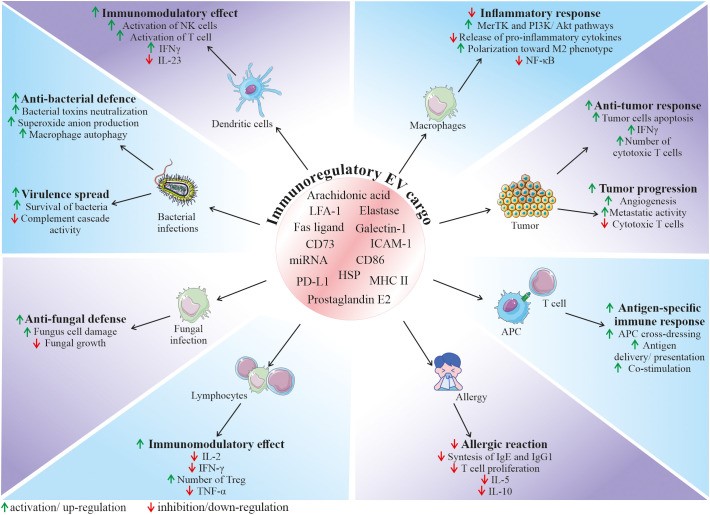 Fig. 2 Role of EVs in the regulation of the immune response. (Karnas E, et al., 2023)
Fig. 2 Role of EVs in the regulation of the immune response. (Karnas E, et al., 2023)
- Among the variety of reported functions, EVs are also envisioned as important factors modulating the function of the immune system, both as activators or inhibitors, depending on the biological context. Their role in immunity relies both on the interaction of EVs from other cell types with immune cells, as well as on the secretion of EVs by the cellular components of the immune system, regulating its fate in the paracrine or autocrine manner. Thus, EVs mediate communication between immune cells, taking part in orchestrating an immune response. In particular, they are a part of the interaction of innate and adaptive immunity, modulating cell response and release of cytokines, chemokines, and other immune-active factors.
- In the context of immune defense against pathogenic factors, EVs are involved in the communication between bacteria and host cells, playing either a protective or pathogenic role in the infection. On one hand, bacteria-derived EVs may serve as shuttle particles contributing to virulence spread. On the contrary, the secretion of EVs by the host cells may be a method to expel intracellular bacteria, neutralize bacterial toxins, or stimulate both innate and adaptive immune responses.
- Immunoregulatory activity of EVs is related to their biological content, which consists of molecules known to be involved in the regulation of immune cells. As an example, heat shock proteins (HSP) that were shown to be present in EVs are known immunomodulators. Apart from the possible ways of EV-mediated activation of the immune system, several findings demonstrate their immunosuppressive role in homeostasis and disease.
RELATED PRODUCTS & SERVICES
Reference
- Karnas E, et al. (2023). "Stem cell-derived extracellular vesicles as new tools in regenerative medicine - Immunomodulatory role and future perspectives." Front Immunol. 14, 11201759.
